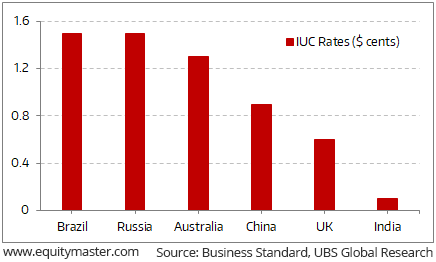- Home
- Todays Market
- Indian Stock Market News September 28, 2017
Indian Indices Trade Marginally Higher; Realty Stocks Witness Buying Thu, 28 Sep 11:30 am
Stock markets in India are presently trading near the dotted line with positive bias. Sectoral indices are trading on a mixed note with stocks in the realty sector and FMCG sector witnessing maximum buying interest.
The BSE Sensex is trading up 79 points (up 0.2%) and the NSE Nifty is trading up 12 points (up 0.1%). The BSE Mid Cap index is trading up by 0.9%, while the BSE Small Cap index is trading up by 0.8%.
The rupee is witnessing selling pressure today. It has continued its downtrend for the sixth consecutive session and has hit a fresh six-month low against the US dollar. It closed at 65.71 per dollar yesterday and was trading at 65.76 per dollar at the time of writing this.
The fall in the rupee is seen on the back of outflows from capital markets by foreign institutional investors (FIIs) on the worries of overshooting fiscal deficit and geopolitical tensions between North Korea and US.
Who will feel the pain of the falling rupee?
A depreciation in rupee means importers buying goods and services at a higher rate that earlier. This doesn't bode well for a developing economy that relies heavily on imports.
Also, India imports most of its oil requirements. A rise in the dollar leads to a consequent rise in the import bill.
On the corporate side, companies who have taken foreign loans from abroad will be impacted. The repayment obligations in terms of principal and interest will rise, leading to a dent in the cash flows and financials.
Just Released: Multibagger Stocks Guide
(2017 Edition)
In this report, we reveal four proven strategies to picking multibagger stocks.
Well over a million copies of this report have already been claimed over the years.
Go ahead, grab your copy today. It's Free.

Further, companies who import a majority of their raw material requirements will get impacted provided they have not hedged their foreign currency exposure.
Looking at the brighter side, rupee depreciation brings a cheer on the exports front.
A depreciating rupee will provide a much-needed cushion to falling exports. However, a falling rupee will not be the only factor to boost exports. There are certain structural issues too; the government needs to address to get the exports back on track.
Going forward, we won't be surprised if the rupee breaches the 70 levels. Provided the depreciation comes at a measured pace, long-term investors should not fret about the same. The RBI has enough foreign exchange reserves as a buffer to stabilize the rupee in case of a freefall.
In the news from telecom sector, telecom minister Manoj Sinha said that the Indian mobile industry is expected to create economic value of about US$ 217 billion by 2020. He also said that the sector will generate around 3 million direct job opportunities and 2 million indirect jobs during this period.
Regarding growth projections, Sinha said that the telecom market is likely to grow by 10.3% YoY to reach US$ 103.9 billion by 2020.
While the above projections come as a welcome breather, the Indian telecom industry, at the present stage, is witnessing many hiccups.
It continues to battle the intense competition from new-entrant Reliance Jio.
The red flag in the telecom industry is being raised by none other than the country's largest lender, State Bank of India. As per the chairman of the bank, the telecom sector is undergoing a lot of stress and the bank is extra provisioning for this.
Also, the TRAI recently reduced the interconnect usage charge (IUC) from 14 paise per minute to six paise per minute. IUC are charges paid by operator companies for voice calls terminating from a different operator's network.
The 57% reduction in IUC is the steepest drop till date. TRAI has proposed phasing it out the IUC by 2020. This is another blow for industry players, as India has one of the lowest IUC rates in the world, as can be seen from the chart below. Globally, the IUC rates continue to be gradually phased out.
India has the Lowest Interconnect Usage Charge
The above IUC rate cut is expected to have a negative impact on domestic telecom players. As we wrote in a recent edition of The 5 Minute WrapUp...
- the IUC rate cut is expected to adversely impact established players like Bharti Airtel and Idea Cellular. What this means is that these companies would no longer be able to enjoy additional revenues from having a large subscriber base thereby impacting their profitability and debt servicing capability. At the same time this development would entail significant cost savings for entrant Reliance Jio.
For information on how to pick stocks that have the potential to deliver big returns, download our special report now!
Read the latest Market Commentary



Equitymaster requests your view! Post a comment on "Indian Indices Trade Marginally Higher; Realty Stocks Witness Buying". Click here!
Comments are moderated by Equitymaster, in accordance with the Terms of Use, and may not appear
on this article until they have been reviewed and deemed appropriate for posting.
In the meantime, you may want to share this article with your friends!